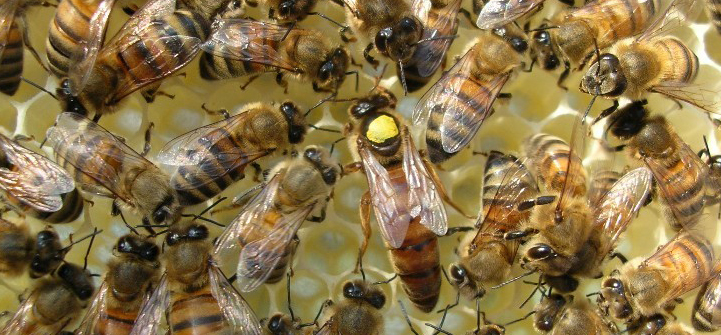 Dr. Michael Hood, Extension Apiculturist at Clemson University has released a detailed Extension bulletin on Small Hive Beetle Integrated Pest Management.
Dr. Michael Hood, Extension Apiculturist at Clemson University has released a detailed Extension bulletin on Small Hive Beetle Integrated Pest Management.Dr. Michael Hood, Extension Apiculturist at Clemson University has released a detailed Extension bulletin on Small Hive Beetle Integrated Pest Management.
Download the .pdf of Handbook of Small Hive Beetle IPM by clicking here.


